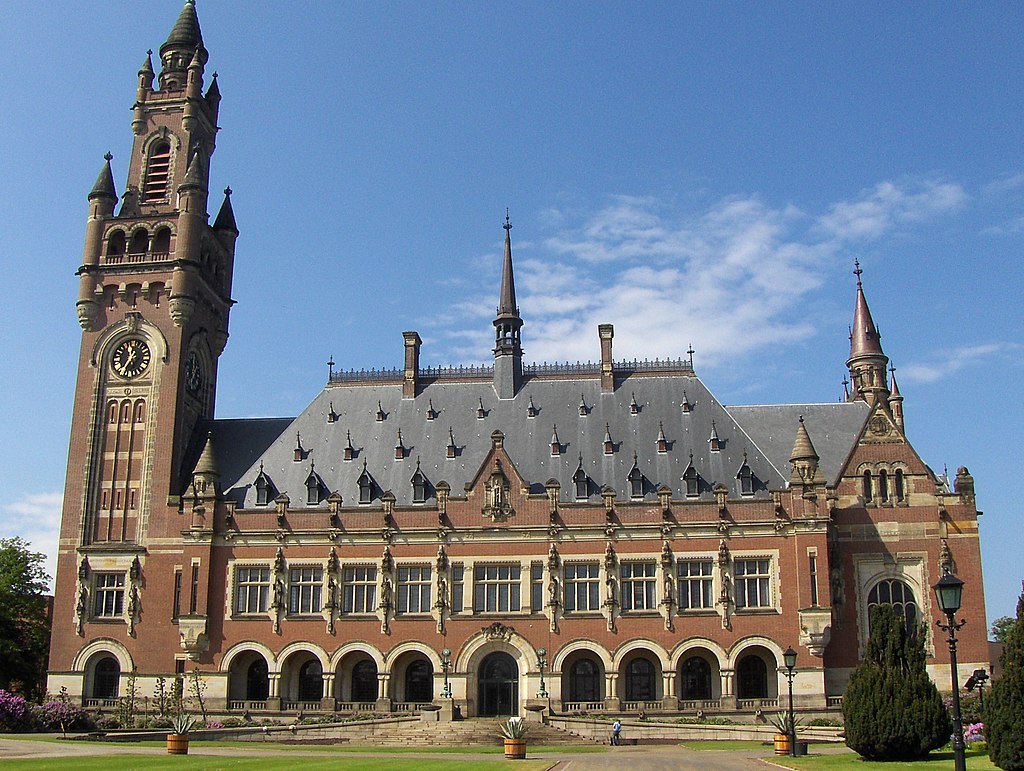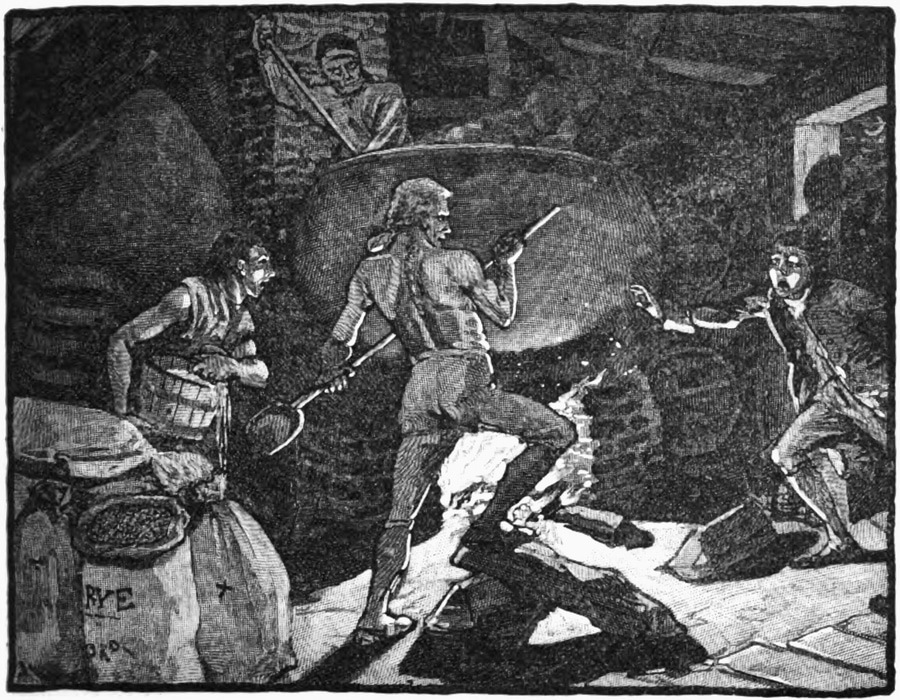Dispatches From Mexico’s Southern Border: Mexico’s Migrants
Published by The Lawfare Institute
in Cooperation With

This is the last in a series of four "Dispatches From Mexico’s Southern Border." Read parts one, two, and three.
Although it’s only 4 p.m., the man sitting inside the cement block house in Zinacantán, Chiapas, is already sipping pox—the region’s traditional alcoholic drink. He’s perched precariously on a small chair, eyeing the customers coming in to peruse his family’s hand-woven textiles. But this wasn’t always his life. Before he was deported from the United States in 2015, he spent 13 years in Las Vegas, where he owned a house, more than one car and a motorcycle.
From 2009 through 2016, some 3.6 million Mexicans were deported—that is, removed and returned—from the United States. They arrived back to Mexican territory at 12 points across the country: 11 points along the U.S.-Mexico border and also Mexico City. Upon reaching Mexican soil, these deportees become eligible for immediate support from the Mexican government, including food, information about shelters, phone calls, medical attention at some locations, and a bus ticket back to their communities. Some take up the government’s offer, returning to their hometowns and seeking to integrate back into the workforce or educational system. Others seek to cross back into the United States—despite often facing jail time if they are caught—in a desperate bid to return to the lives and families they left behind in the U.S. 
I observed elements of the deportation-and-reintegration pattern last month during a two-week trip along Mexico’s 700-mile southern border. While immigration concerns in the U.S. have focused on the U.S.-Mexico border in recent weeks, I traveled further south in hopes of documenting the dynamics along Mexico’s southern border.
Although U.S. attention has focused recently on the migrants arriving from Guatemala, Honduras and El Salvador, Mexican migrants from communities like Zinacantán have historically dominated the U.S. discussion of immigration. These migrants increased in numbers through the 1980s and 1990s, peaking in fiscal 2000, when the number of Mexican migrant apprehensions along the United States’ southern border reached 1.6 million. But the numbers have steadily dropped from that high point. In fiscal 2017, the U.S. Border Patrol reported 120,000 apprehensions of Mexican migrants (a 92 percent drop from fiscal 2000). By comparison, 160,000 Central Americans were apprehended at the U.S.-Mexico border during the same period. As the number of migrant apprehensions have fallen, the United States has shifted from calling on Mexico to stop sending migrants to asking Mexican authorities to join them in apprehending and detaining Central American migrants.
In other words, Mexico has become primarily a “transit country”—a nation where more people are moving through rather than directly leaving. But the legacy of migration from Chiapas remains, thanks to the Mexicans who now live in the United States and those like the young man in Zinacantán who have been returned to their communities.
Outward migration from this part of Mexico stems from centuries of marginalization, poverty and a lack of employment opportunities. Chiapas has one of Mexico’s largest indigenous populations in a country where indigenous communities have long faced discrimination and often report higher poverty rates and lower educational attainment than non-indigenous communities. Some 77 percent of people in Chiapas live in poverty—as reported by CONEVAL, Mexico’s independent poverty measurement agency—compared with 43 percent of the country overall. Many Chiapas residents earn the minimum wage, which is less than $5 U.S. a day. To make ends meet, residents set up small side businesses, ask for help from relatives and take out small loans, constantly shifting gears to pay the bills on time.
Remittances from relatives who migrated to the United States also help to keep these families afloat. Once migrants reach the United States and begin working, most will send home several hundred dollars a month. For the last six months of 2017, Chiapas residents received $162 million U.S. in remittances. Families invest some of this money into education or health care, but the improvements they make to their houses are often their most visible spending. On some remote roads in Chiapas, two- and three-story houses tower over the more humble abodes that surround them. These are the physical symbols of international migration and a testimony to migrants’ continuous labor in businesses, homes and agricultural fields across the United States.
Mexican migrants face a different migratory trajectory than Central Americans, though their journeys converge at points. Unlike Central American migrants who ride the trains or hike around checkpoints in order to evade Mexican immigration authorities, the majority of Mexican migrants just take buses to the border cities. This is where Mexican migrants’ paths converge with other international migrants, and when U.S. officials discover groups of migrants along the southern border, many of them include both Mexicans and Central Americans. Yet Mexican migrants are apprehended in larger numbers across a broader swath of the U.S.-Mexico border. While Central Americans are apprehended almost exclusively in southern Texas (86 percent), only 27 percent of Mexican migrants were apprehended in this area. Instead, they cross primarily into California or Arizona. Mexican migrants also pay less for a smuggler, generally between $3,500 and $4,500.
Many of the 3.6 million Mexicans deported from the United States from 2009 to 2016 were apprehended and sent home soon after they reached the U.S.-Mexico border. Still others met an even grimmer fate. Over the past 20 years, the U.S. Border Patrol has documented that 7,200 migrants—Mexicans, Central Americans and others—have died while attempting to cross the U.S.-Mexico border. These migrants have historically been most likely to perish in the Arizona desert (37 percent) or in South Texas (33 percent), as they face the desert elements and insufficient water for five- to 10-day hikes.
While many of these migrants’ bodies remain unidentified, organizations in Chiapas often take on the responsibility of finding the families when identification is possible. These organizations upload Facebook posts about the migrants, with their photos and any available information, and ask that they be shared across the state or within specific communities. If the local groups can identify the family, they will help to reunite them with the body or ashes of their loved one. Unwittingly, these groups often play the role of comforter and chief explainer, helping confused families—in a region that does not have a tradition of cremation—understand what they are receiving in the urn and why it contains ashes and not bones.
Telling stories similar to those across Mexico, Chiapas residents explained to me that the declining migration numbers in their region are linked to the prohibitively high cost of crossing the border and the extreme risks that migrants face along the way. But there is another factor in this part of Mexico: a temporary guest-worker program that allows Chiapas workers from small villages to travel temporarily to the United States and work. “There still are people who go north,” one taxi driver told me outside the municipality of Chamula, “but many do it by signing some papers in the Chiapas state capital of Tuxtla Gutierrez.” This legal path means that migrants will be able to travel more safely to the United States, earn money and return home to their families.
Unlike the millions who went before them, these migrants can work in the United States and return legally. In the current immigration debate, temporary guest-worker programs have largely been forgotten—the conversation has largely focused on strengthening border security or enforcement. But the first step for fostering more orderly and safe migration is to recognize and address the forces driving that migration, with an eye toward creating pathways for legally bridging the economic and security issues pushing people to leave their countries and the factors (abundant jobs, safety or family reunification) that attract them to the United States as a final destination. Focusing on these factors and designing policies to address them will be the only way to substantively change the current dynamics of irregular migration, both for migrants leaving from Mexico and those crossing through its southern border region





